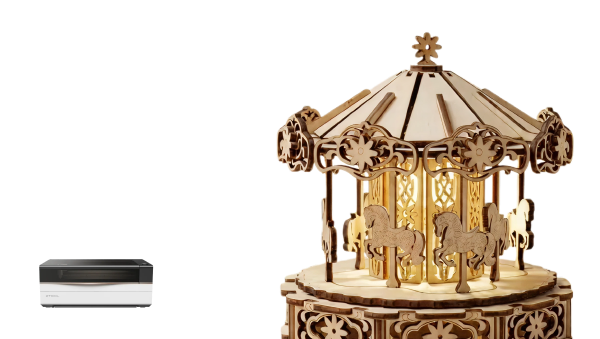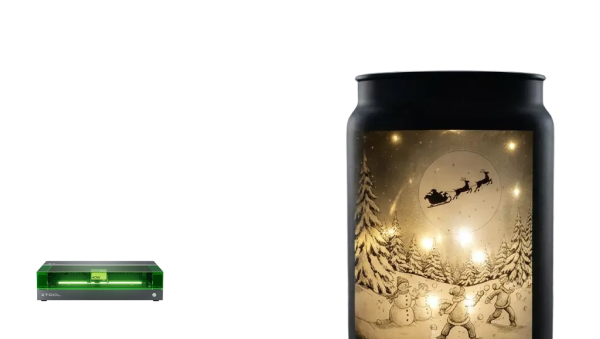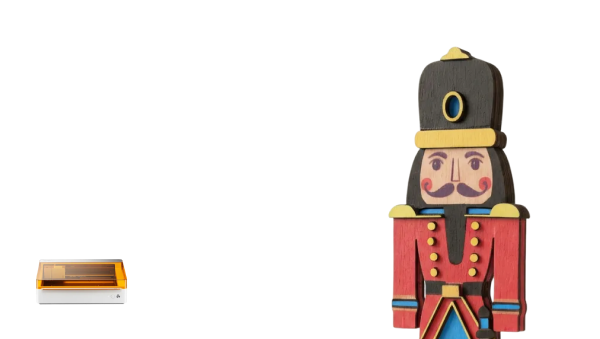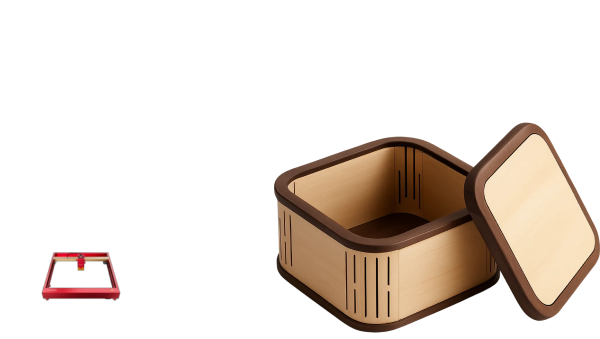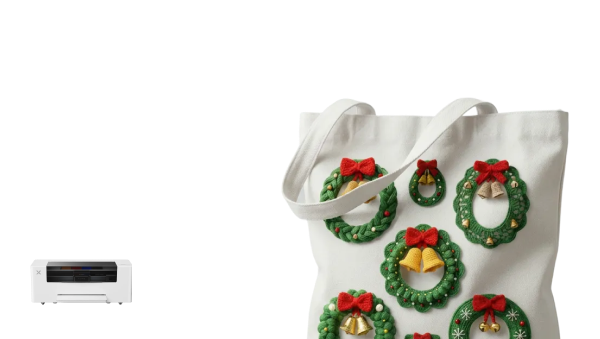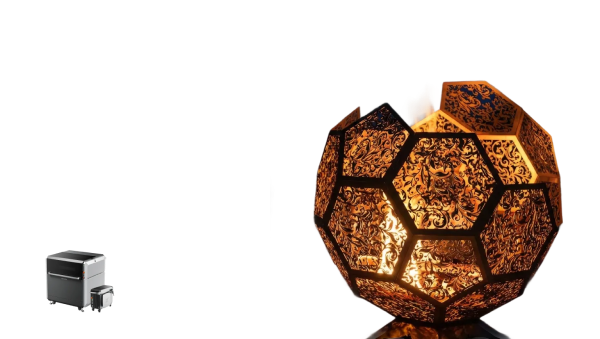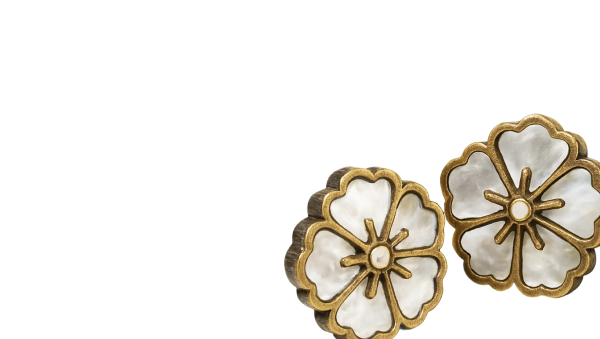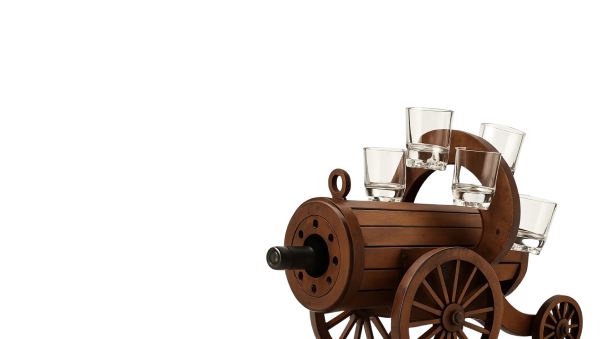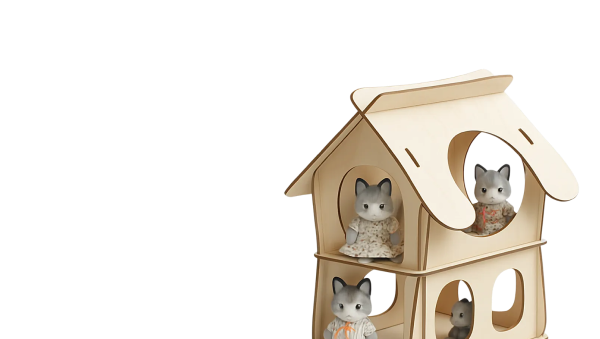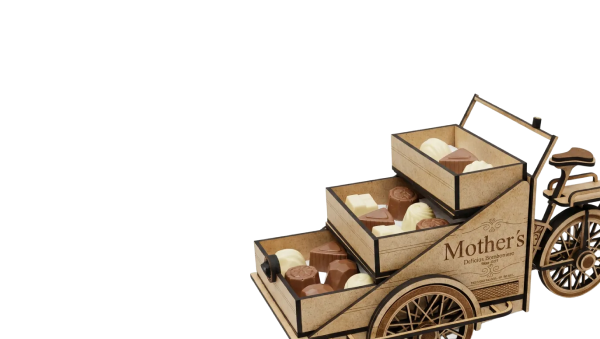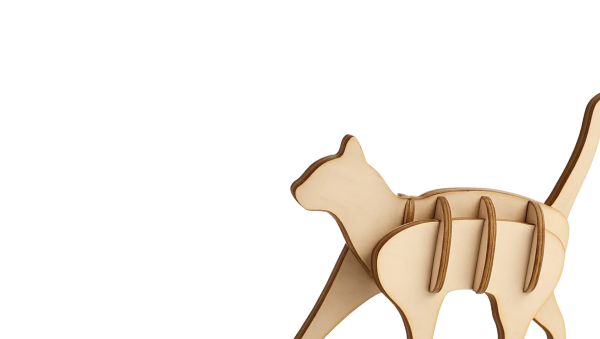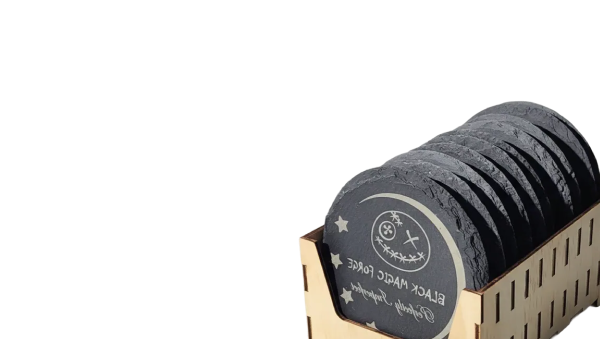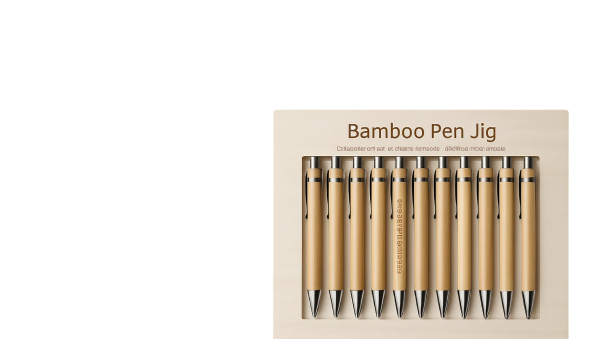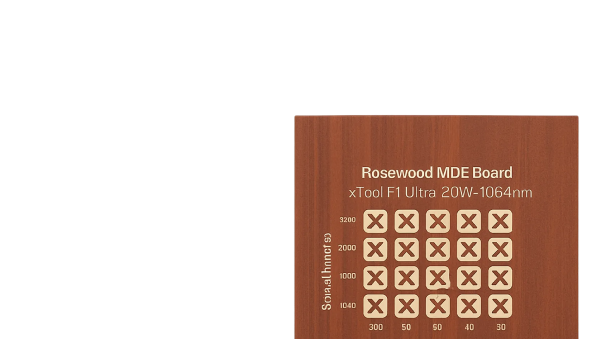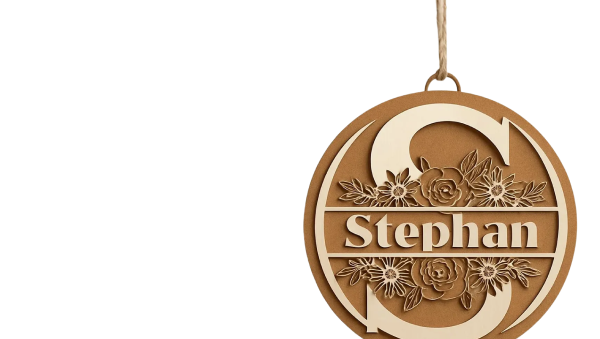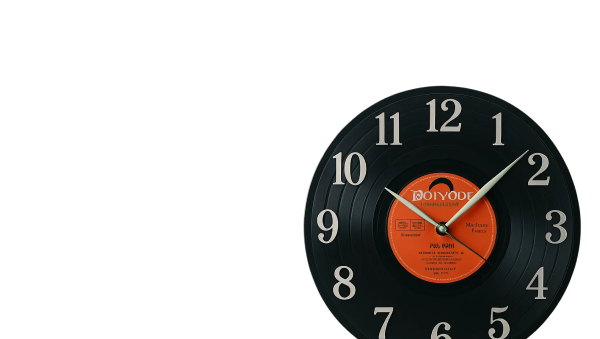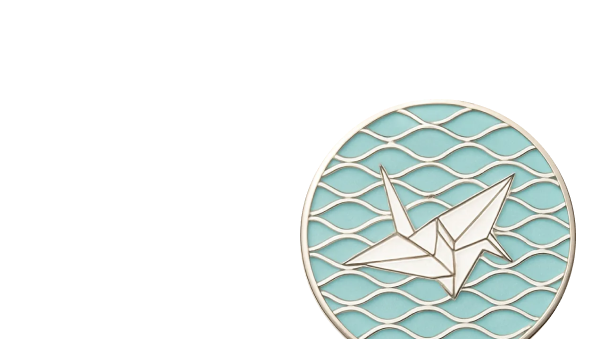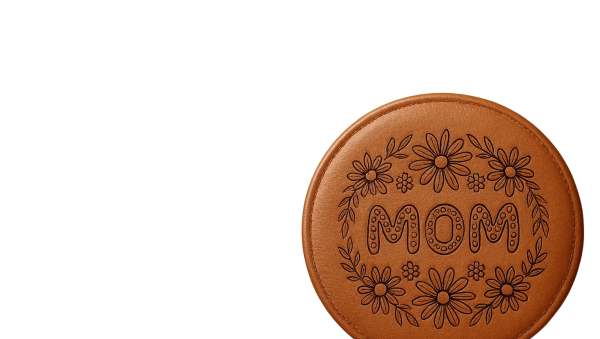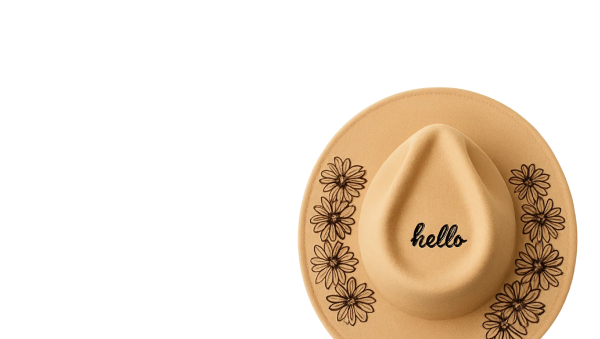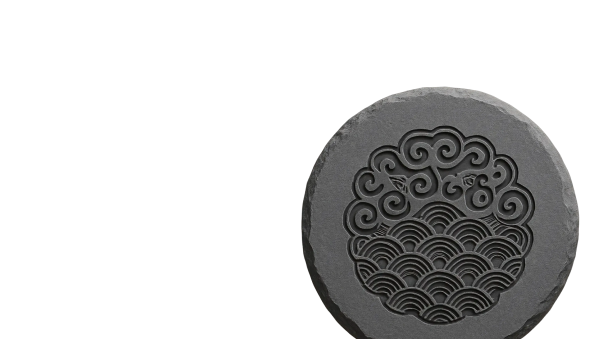![[Laser cut and engrave] Storage box for M1 Ultra accessories](https://image-res.xtool.com/resource/xtool/community/attachment/xtool-community/b6a76c69-d9c9-4c85-9692-ad2057930a4c?x-oss-process=image/resize,w_1200,h_900,limit_0/interlace,1/format,webp/auto-orient,1)
Storage box for M1 Ultra accessories


Information
A lasercut wooden box for storing some of the m1 ultra accessories. It stores three modules, 8 tools like the foil transfer tip, 2 filters for the air assist, the toolkit, manuals, pens, ink cartridge, transport screws and has some more space left.
Instruction
Step1: (Optional) Customize Lid
If you want, you can customize the lid to add an engraving. See that big, hole-less surface? That's the top of the lid. I haven't added any engraving to these files, but you may want to add something like “M1 Ultra Accessories” to the lid. Make sure not to resize anything though, as all components must fit together.
Informations about the download files are listed in step 3.
Step2: Gather Materials
You'll need:
- a laser cutter capable of cutting at least 300x300mm, for example a M1 Ultra.
- at least 6 3mm plywood sheets. I personally recommend birch plywood.
- wood glue
- (optional) sand paper
- (optional) a hammer
- (optional) a craft knife
Step3: Cut the sheets
Step 3.1: Download the files
I've uploaded three files, but you'll only need one of them:
- the “m1ultra_box.xcs” file, which has everything prepared but may need some parameter adjustment. This is the one you need.
- the “m1ultra_box.dxf” file, which contains the raw, unordered components in case you need to cut only a single part
- the “m1ultra_box.dxf” file, which has all components arranged in 295x295mm groups that are optimized for minimal material use and cut time.
As written above, if you are using XCS, just download the .xcs file.
Step 3.2: Adjust the parameters
Each of the sheets you'll need to cut is in a different canvas. Make sure to set all shapes to "cut" and adjust the processing parameters. I've used 90% power at 3mm/s with two passes, but that was probably was more than neccessary. The parameters in the .xcs file have been set to a middle ground and should work for some matterials.
Step 3.3: Prepare the triangular prism
While I really recommend using a honeycomb panel for the cutting, the triangular prism should work just fine. It's also what I've used for my build. Take a look at the sheet you are going to cut and make sure that each component will safely rest on at least two of the triangular prisms, otherwise they may rotate in such a way that the module gets stuck and ruins the sheet.
Step 3.4: Cut each of the sheets
Insert the material, select it in XCS and measure the distance. Use the framing to ensure that the material fits perfectly within the processing range. You may have to move some of the sheets, but make sure you don't resize any components. Repeat this for all sheets (as a reminder: each sheet you'll need to cut is in a seperate canvas).
Step4: (Optional) Manually touch up bad cuts
Sometimes the laser does not cut all the way through. Use a craft knife to ensure all cuts are clean and you can remove all components.
Step5: (Optional, but recommended) Clean the cuts using sand paper
The sides of the parts you've cut are probably charred and won't hold glue quite well. Cleaning these up will make the remaining steps significantly easier for you.
Ideally, you'd be able to use sand paper or a tool to clean the sides, but even just wiping this with some cloth or paper should help. Be sure to wipe these with some paper handkerchief or toilet paper even if you've sanded it first.
Step6: Assemble the lid
Let's start with something simple: assembling the lid. You need the parts shown above (the large part with no holes and the four side pieces with a semi-hole.
Before glueing anything, make sure to attempt a dry-fit without glue first so you can check that everything will work.
Glueing large parts only connected by the sides may be a frustrating experience. I recommend starting by glueing the smaller pieces to the lid, wait till the glue dried somewhat and then adding the large pieces.
The lid will be placed on top of the remaining box later.
Step7: Assemble the tool holder
The tool holder should be even simpler than the lid. Start by glueing the bottom together with a small and the adjoined large walls, then add the remaining walls and finally the top (which is the piece with the 8 circular holes).
This tray will later hold the tools like the foil transfer tip and the blades. Yes, some holes are supposed to be larger than the others.
Step8: Assemble the filter box
This is a simple build too. I recommend starting with a small side piece, adding the three pieces with the identation, then adding the opposite small side piece and finally the bottom.
This tray can store two filters for the air assist. We'll also use it as a helper tool later on.
Step9: Assemble the box
This is the hardest part of the build. You'll often need to hold some components together until the glues is dry and then rotate it. A lot of these components are directional and some only differ by the amount of holes they have, so look careful.
Step 9.1: Assemble the two parts as shown and wait for the glue to dry.
Step 9.2: Glue the two parts to the other part as shown in the image.
Step 9.3: Use the filter tray lying sideways to support the suspended part. Do not glue the filter tray to the remaining parts. Add and glue the part as shown, then wait for the glue to dry.
Step 9.4: Rotate and add the three (!) pieces as shown in the images.
Step 9.5: Glue the current construction to the bottom. Make sure everything fits and that all walls are flush with the bottom. You may have to rotate everything in order to see where you have to add the glue.
Step 9.6: Add and glue the walls. I really recommend to start with the front (the short wall with many holes), then add the left part, then the back and finally the right. This should make the assembly easier.
Step 9.7: Insert the tool and filter tray as shown in the image. They should fit. Afterwards, place the lid on top and make any necessary adjustments to the wall to ensure everything sits flush and nice.
Step10: Fill the box
Fill the box. You can put the modules in the bottom left. I recommend keeping them in the plastic bag they came in. Below the modules there's some storage space for less frequently used components like the transport screws.
To the right of the modules there's some space for the toolkit that came with the M1 utlra. Next to it is the tool tray, where you can put the blades and foil transfer tip. Some holes are larger than the others in order to fit larger tools. Be sure to keep the head on the tools so you don't injure yourself.
The filter tray next to the storage box can fit two air assist filters. I do recommend leaving them in plastic bags they came in and they should fit in this way.
Behind the toolkit is a small box for the ink cartridge as well as the cleaning pad. Behind this box there's some space for the pens. The remaining space to the right fits the small manuals, but you may have to slightly bend the manual of the ink cartridge.
The M1 Ultra manual fits above the modules. Then add the lid and you're done.
I've contemplated adding some space for the main filters as well, but I wasn't sure if they are safe to store this way. The triangular prisms and the cutting mats unfortunately won't easily fit in such a box.

